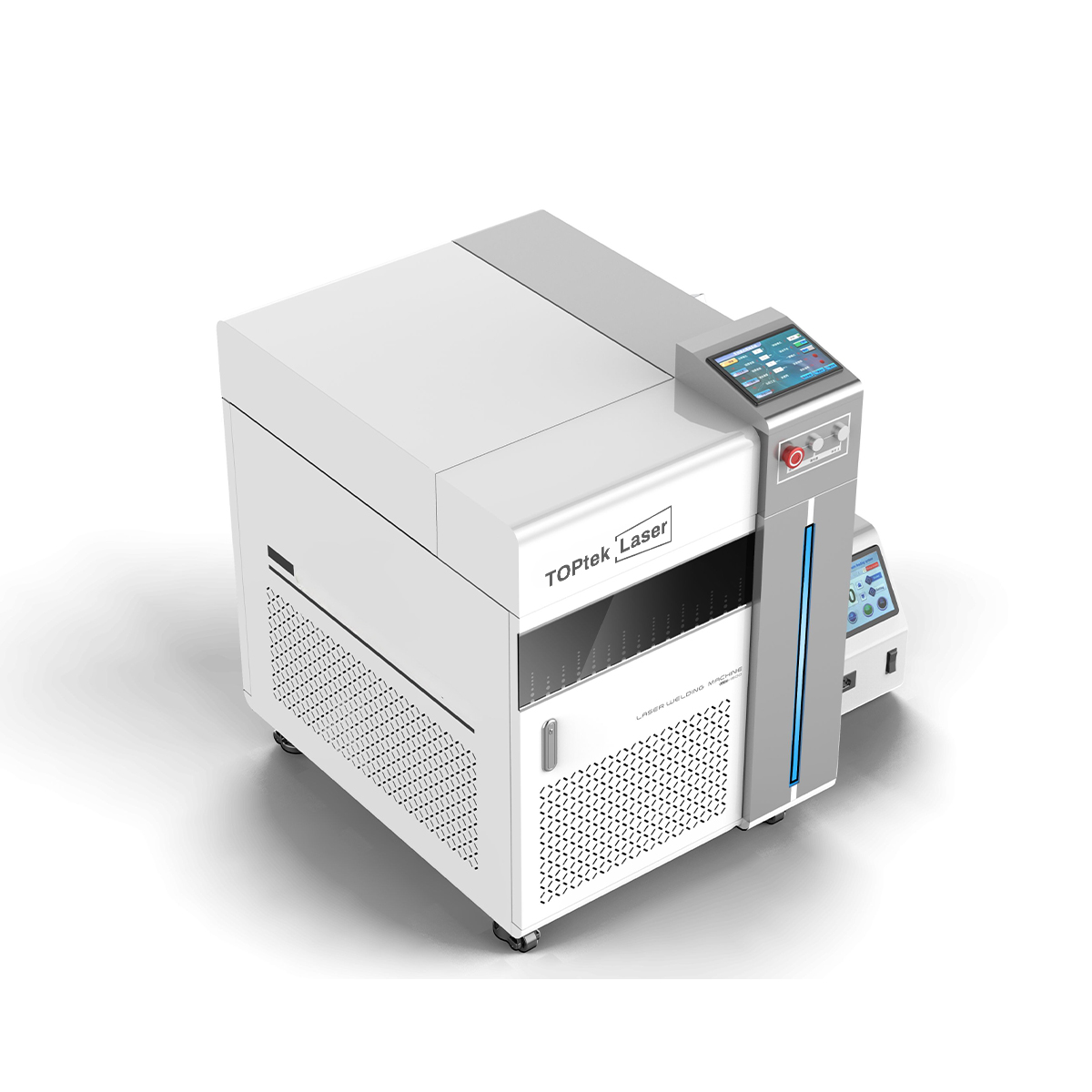Can laser cleaning replace dry ice blasting?
May 09,2023 | TOPTEK
Dry ice blasting is often used for oily paint on mold printing, automotive electronics, petrochemical and other industrial equipment. The cleaning of carbon deposit adhesives also has outstanding applications in rust removal. Laser cleaning is the most cutting-edge new technology developed in the past 17 years. Industrial cleaning methods. In the past two years, it has also been rapidly applied to paint rust removal and oil bowl cleaning in industries such as molds and automobiles.

As two cleaning methods with highly overlapping application fields, they will naturally face competition in market share and comparison of product costs. Below, we make an in-depth comparison of the respective advantages and development prospects of these two cleaning methods.
1. The main advantages of dry ice blasting are:
1) No chemicals are used in the cleaning process, and there is no pollution to the environment.
2) Compared with detergent, the cleaning effect of dry ice cold spray is more thorough and cleaner. And will not cause damage to the material.
3) Non-stop, no need to disassemble the equipment, and can be cleaned online, which can reduce downtime compared with chemical cleaning agents.
4) It is easy to operate and use, and the process links are simple, which can realize automatic operation and reduce labor costs.

The disadvantages of dry ice blasting are also obvious:
1) Dry ice cold spraying is a treatment process that uses relative temperature differences to embrittle and peel dirty materials. When the surface temperature of the equipment is low, its cleaning effect will be relatively reduced, such as removing carbon deposits in the combustion chamber of an automobile engine. Easy to clean, paying special attention to the possibility of condensate running into the engine.
2) The operating environment is strictly required. The dangers of dry ice blasting require the necessary safety equipment to be worn
3) The cleaning cost is high. Dry ice blasting machines usually need to be equipped with dry ice storage tanks, dry ice machines, air compressors and air storage tanks.

2. Laser cleaning
As an emerging industrial cleaning method, laser cleaning is superior to dry ice cleaning in terms of advantages and makes up for the shortcomings of dry ice cleaning. It has a wider range of applications. It can be said to be an upgraded version of dry ice blasting. The best alternative version.

Laser cleaning is to instantly vaporize or sublimate the pollutants heated by laser energy through photoablation. As a new technology to replace traditional cleaning, laser has incomparable advantages over traditional methods: No need to use any chemicals and cleaning fluid: No photochemical reaction, no noise and environmental pollution: No reduction in mechanical stress, consumption of precision instruments: No harm to the operator's body Healthy, better automatic control. Realize remote case rumor control and clearance.
|
Cleaning |
Cleaning method |
Cleaning equipment handling |
Cleaning efficiency |
Cleaning effect |
|
dry ice blasting |
dry ice, non-contact |
No need to disassemble |
middle |
Excellent |
|
laser cleaning |
laser, non-contact |
No need to disassemble |
high |
Perfect (industry standard) |
|
Cleaning accuracy |
Artificial degree |
Consumables |
Cost input |
|
|
dry ice blasting |
Can not control |
Simple |
dry ice |
Moderate initial investment |
|
laser cleaning |
Precise and controllable (micron level) |
Simple |
none |
High initial investment |
With the rapid development of the laser cleaning industry, it has become the most efficient cleaning method to replace traditional cleaning and dry ice cleaning!



